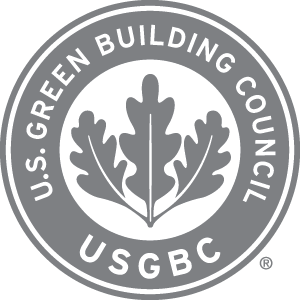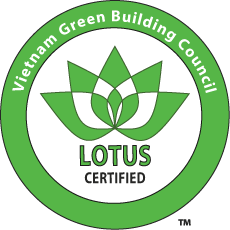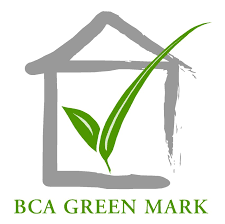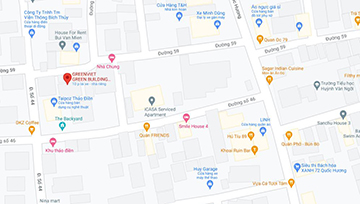GREEN BUILDING TAKES THE LEAD FOR SUSTAINABLE CONSTRUCTION
Some people think that buildings colored in green or full of landscape (including vertical and terrace gardening) are Green buildings. “Green” for buildings actually covers much more than that.

- What is a green building?
Green Building (also known as Green Construction) refers the environmentally responsible and resources efficient application of the whole construction process throughout building’s life-cycle from designing, construction, operation to maintenance with the purpose of guaranteeing the society sustainable development.
Green building practices aim at enhancing positive impacts and ultimately reducing the overall negative impacts of built environment on human health and natural environment as well. Numerous evidence has shown green buildings bring multiple benefits. The successful adoption of green building strategies helps businesses maximize both of their project’s economic and environmental performance such as reducing operation cost for building owners, efficient use of occupancy and utilities, increasing worker productivity and so on.
- How to make a building green?
Number of techniques and technologies has constantly being developed to complement current practices in creating greener structure for building. In general, it emphasizes taking advantage of optimal solutions for:
- Efficienty using energy, water, and material and other resources
- Protecting occupant heath and improving employee productivity
- Reducing waste, polution and environmental degradation
Today several global rating tools are used for confirming the sustainability of buildings. Leadership in Energy and Environmental Design (LEED) is such a leader set of rating system for the green construction evaluation. There are also other reliable tools in place named LOTUS, GREEN MARK, EDGE, and EEBC.




- From green building to sustainable development
Global sustainability goals have led to the development of green building movement. Green building, conversely, provides a quantifiable metric to people’s efforts towards sustainable development. Specifically, green building application brings a critical benefit to our overall climate and natural life as well as improves the well-being and offers an economical choice for people.

